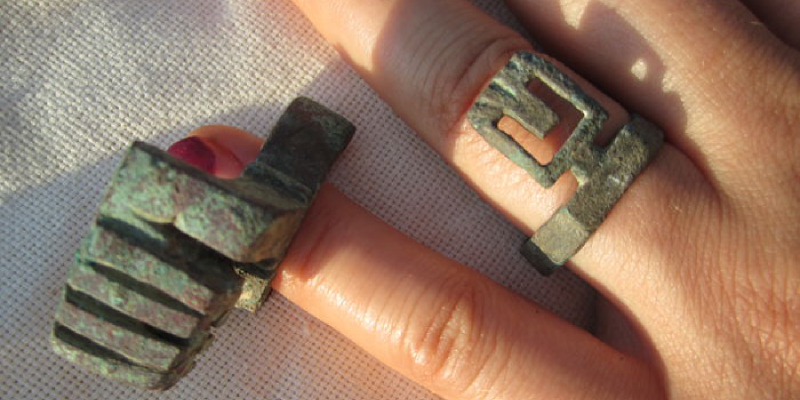Mechanical, Electronic, or Biometric Lock?
Why do we lock our property?
A wise man once said “A lock's job is to make the surrounding houses look more appealing."
A home, or at least it’s rooms are a place where you can wind down within and reflect. In general, you have somewhat less control over the property’s size and architecture than you do over the items that make up it’s interior however, these items that make up your home are chosen for a reason whether they're a gift from a loved one or friend, or even a gift to yourself. One locks their house because these items have meaning and or value to oneself and if you were to lose that value whether it be monetary or non-monetary you would lose the environment that they create.
Wealthy romans would keep their valuables locked away in small safes, with metal key rings being worn around their fingers signalling their wealth to others. The difference now is we have much more in the way of belongings than was required or could be acquired back during the roman empire and therefore need to protect a more copious amount of space.

Locking methods, and what the future holds
Mechanical Locks
A Mechanical lock uses the physical movement and force of another object, a key. Behind the keyhole is several vertical shafts that will rotate once the correct key’s ridges fit into place on a set of pins.
There are many different types of locks with the most common being the Pin Tumbler Lock, which was first patented in 1805 by Abraham Stansbury whereby, the modern version in use today was invented by Linus Yale in 1848.
Nearly all mechanical locks can be picked with enough effort and skill, acting only as form of deterrence or deley to entry to one’s property.
Electronic Locks
Electronic locking systems function by means of an electric current. Electronic locks will commonly include magnets, coils, or motors to stimulate the electronic lock by way of supplying or removing a flow of current from the system.
Electronic locks almost always work with other devices such as an RFID card readers or pincode systems where these additional devices turn the electronic lock into an access control system.
Electronic locks come with the ability to track access by way of personnel, time, and locations, unlike mechanical locks.
Biometric Locks

Biometric locking devices utilise the physiological and behavioural characteristics of a person as form of entry access and proof of identity.
Common physiological characteristics include fingerprints, signature analysis, face, voice, and iris identification. While behavioural biometrics measures common patterns in human activities through ‘signals’ such as heart rate, breathing, eye movement, body temperature or fidgeting through the use of software and computing power to match specific points of data in order to identify forms of intent.
Biometric locking eliminates the need for physical keys and keycards and adds a far greater level of security with no one person having the same biometric features.
What does the future hold for locks?
For residential properties there seems to be a slow shift from mechanical key and lock systems to electronic access systems where, commercial businesses seem to be on the forefront moving from electromagnetic locking systems to biometric-based device systems.
The next level of security seems to be heading towards multimodal biometric systems which involves using a layering of biometric devices. The use of multiple biometric devices enables a far more robust security system.


